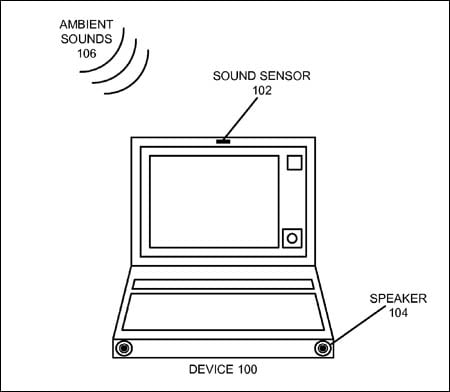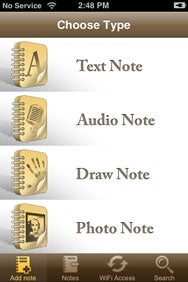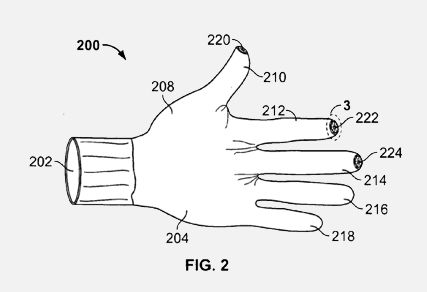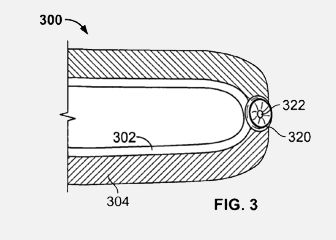I was checking out the Gizmodo review of the new BlackBerry Curve 8900 (formerly Javelin) and wondering why Research In Motion insists on putting the majority its new devices into the clutches of AT&T, the exclusive iPhoneprovider, first.
RIM recently announced an application store, as well as the new Storm, which is the BlackBerry rival of Apple's smartphone, and plans to soon release this Curve 8900. The products (and soon services) have never been better, and yet it would seem logical to use one of the carriers that doesn't have the iPhone as the point of entry.
Wouldn't it make more sense to launch the majority of devices on Verizon Wireless or Sprint, where there is no iPhone competition? Or at a minimum create some exclusivity like AT&T has with the iPhone?
Verizon is getting the Blackberry Storm first, but that's still not enough. Network issues (GSM, CDMA, etc.) can all be resolved if RIM wants them to be. This seems to be more of a marketing and product strategy issue than a technical one.
I suppose the argument is that in order to compete with the iPhone, BlackBerrys have to also be available from AT&T, but I'm not sure that such a strategy makes sense.
Anyway, Giz likes the new Curve, but the Bold still seems like a better device.
The Bold is more substantial, exuding "executive" to the Curve 8900's "middle manager," or "normal person." It's clearly more powerful, and has a bigger screen. The keyboards are way different, too--personally, I prefer the Bold's larger, squishier keys to the Curve's smaller, stiffer ones. But obviously, the biggest thing is 3G. The Bold has it; the Curve 8900 doesn't, and we missed it sorely.
Storm aside, the Bold will be on AT&T first. And users will be stuck with GSM as their only option (which I've found to be surprisingly bad in the US.) Verizon announced the BlackBerry Storm, with global 3G, to be launched this fall, there is no word on when it will actually land.
Meanwhile, the iPhone continues to get better, and people care less and less about switching to AT&T just so they can have the device. When was the last time someone switched to Verizon or Sprint to get a BlackBerry? I am sure the Storm will do well, but I doubt Verizon will get the iPhone uplift that AT&T saw in the last quarter.
Source







